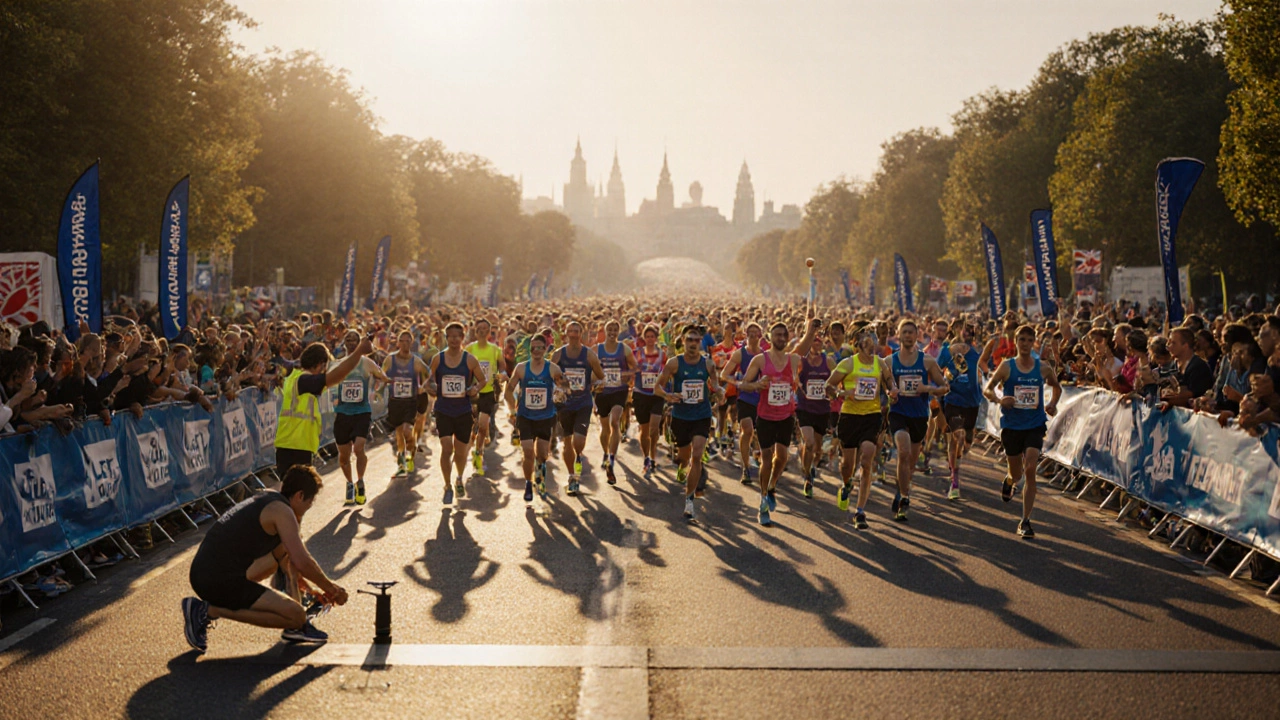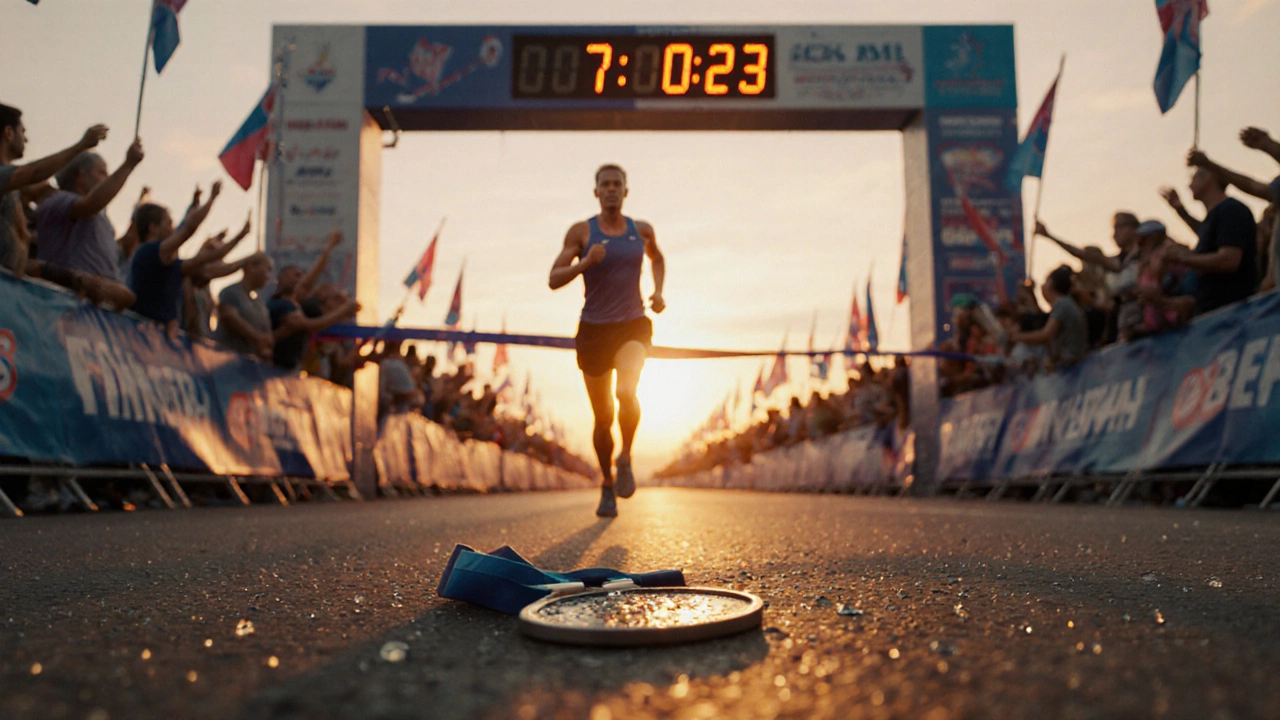Marathon Pacing: How to Set and Stick to the Right Speed
When working with marathon pacing, the practice of choosing and maintaining specific split times to hit a target finish. Also known as race pacing, it turns a massive 26.2‑mile goal into a series of doable steps.
One of the first things runners look at is their marathon time, the overall finish time they aim to achieve, whether it’s under 4 hours or a personal best. Marathon pacing is the bridge between that goal and the daily miles you log. Knowing the exact time you want guides how fast each kilometer or mile should feel, and it helps you avoid the common trap of starting too quick.
To make that bridge sturdy you need a solid training plan, a structured schedule that mixes long runs, tempo work, and recovery weeks. A good plan breaks the target marathon time into weekly mileage targets and specific pace workouts, so the day you line up at the start line you’ve already practiced the rhythm you’ll need. Without a plan, pacing becomes guesswork and fatigue hits early.
Even with a plan, most runners rely on a pace calculator, an online or app‑based tool that converts a desired finish time into per‑kilometer or per‑mile splits. The calculator influences marathon pacing by giving you precise numbers to aim for during long runs and race day. Plug in a 4 hour target and you’ll see you need about 5:41 min/km (9:09 min/mile); adjust the goal and the splits shift instantly.
Age and experience also shape how you set those splits. Data shows the typical age range of marathon finishers clusters around the early 30s, but beginners in their 20s often run slower than seasoned runners in their 40s. Understanding where you fall in the age‑group performance chart lets you set a realistic marathon time, which in turn refines your pacing strategy. A realistic target keeps motivation high and reduces the chance of “hitting the wall” mid‑race.
Why pacing matters on race day
On race day the numbers you calculated become a mental clock. You’ll use GPS watches or phone apps to compare real‑time splits with the targets from your pace calculator. Keeping an eye on these numbers helps you stay on track, adjust for hills, and plan fueling stops. Many runners swear by a short‑interval check‑in every 5 km to confirm they’re still within their desired range.
Beyond numbers, pacing influences how you manage energy stores. Early speed spikes force your muscles to rely on glycogen faster, making late‑stage fatigue inevitable. By sticking to the planned pace, you preserve glycogen and let fat oxidation take over, which is why a well‑designed training plan includes long runs at goal race pace. The combination of a clear marathon time, a step‑by‑step training plan, and a reliable pace calculator gives you a roadmap you can trust.
Below you’ll find a curated list of articles that dive deeper into each piece of the puzzle—realistic goal setting, week‑by‑week training schedules, tools for measuring splits, and tips to fine‑tune your strategy on race day. Explore the collection to turn the theory of marathon pacing into a plan you can actually follow.
What’s the Toughest Part of a Marathon? Unpacking the Wall, Fatigue & More
Explore why the marathon "wall" and mid‑race fatigue are the toughest parts, with practical tips on nutrition, hydration, pacing, and mental strategies.
Is 7 Hours a Good Marathon Finish Time?
Find out if a 7‑hour marathon finish is good, who it suits, key factors that affect time, and how to improve your performance.






